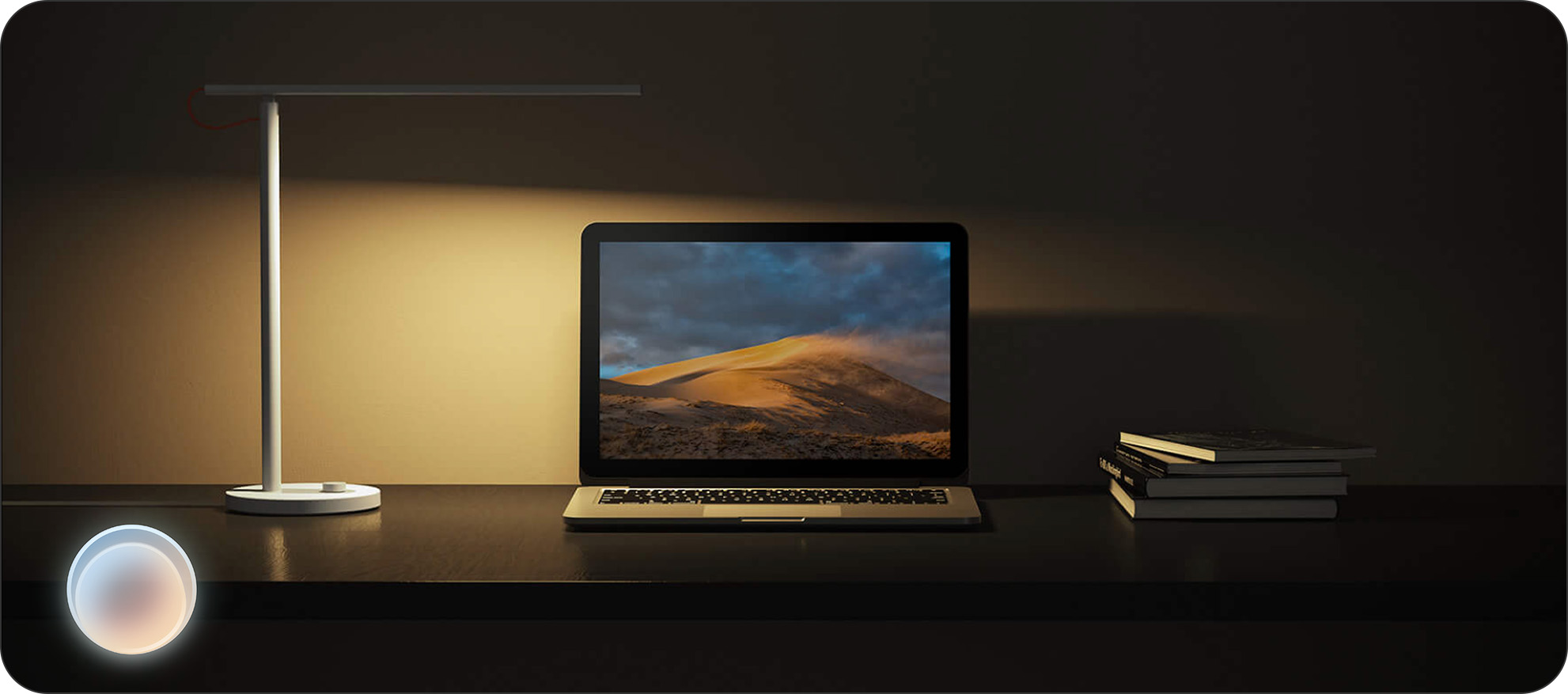

A human-centric operating system designed for the "Human x Car x Home" smart ecosystem.

Comprehensive refactoring
Efficiently maximizes a wide variety of device hardware capabilities for ultimate single-ended performance
Smooth in every aspect
Precise hardware resource scheduling for ultimate smoothness and better power performance
High computing power devices faster than native Android kernels

Average scheduling latency for critical tasks

Maximum scheduling latency for critical tasks
Powerful kernel scheduling on lightweight devices

Interrupt response delay

Message delivery delay

Task switching delay
Supports flexible distributed collaborative computing to maximize lightweight device performance
Multiple computing units collaborate to maximize hardware performance
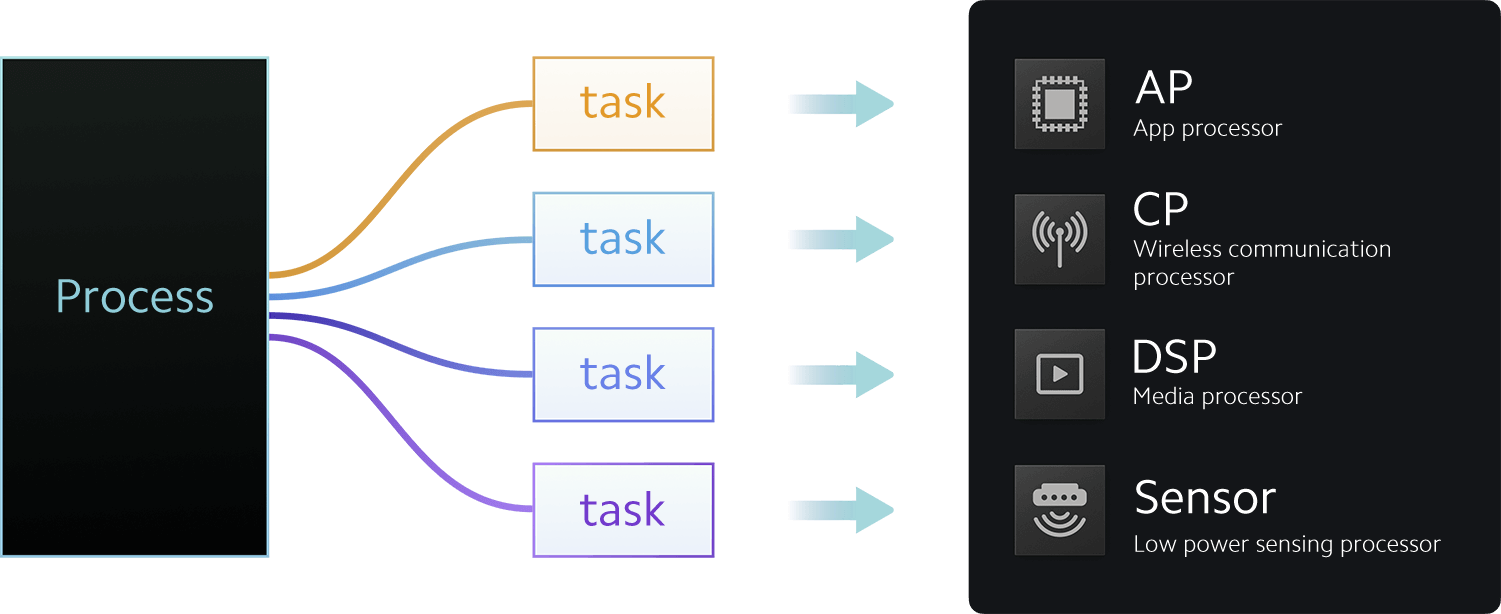

Thread classification and staining analysis
Optimal strategies based on user scenarios
Accurate and integrated
load evaluation
Deep analysis of thread relationships for accurate CPU load assessment

Extremely lightweight
file system
Continuous smooth performance from file-based optimization reconfigured to support lightweight device storage
Near 0 attenuation over
50-month IO performance
I/O performance
Xiaomi HyperOS Storage refresh
-0.5%
No Storage refresh
-76.4%
Read performance degradation
Improved OTA storage and performance for lightweight devices

Reduced storage occupancy for OTA upgrades

Time required for OTA
Superior heterogeneous compatibility
Flexible configuration and operation in accordance with hardware requirements
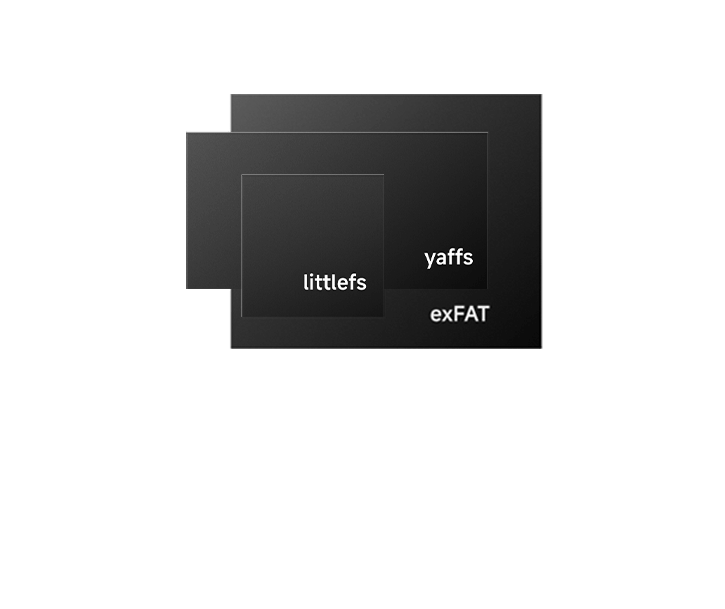
20+ file systems
Compatible with a wide range of common storage types
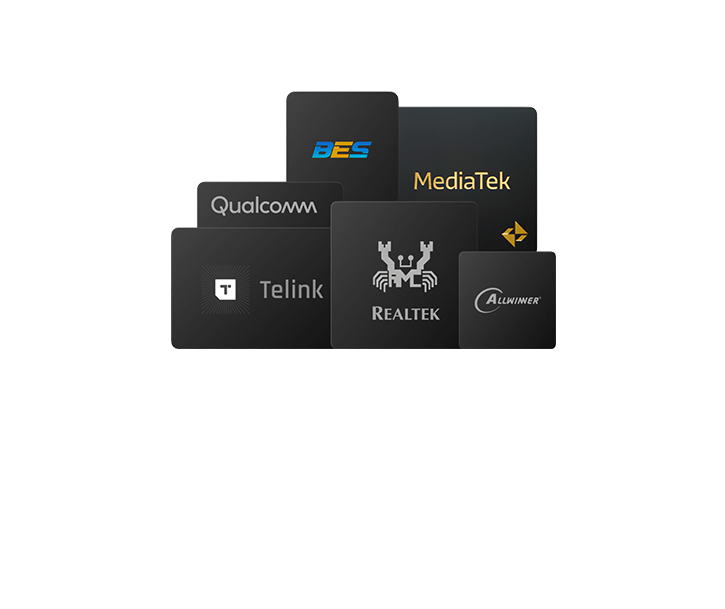
Supports 200+
processor platforms
Smartphone system firmware occupancy
decreased significantly
12.53GB
MIUI 14
Xiaomi HyperOS


Extensive graphics subsystem restructuring
New render pipeline
Supports complex rendering

High-quality materials

Dynamic glass
Powerful visual rendering
Reproduce the magnificent true-to-life colors of sunrise and sunset

Flexible frame adapts to different windows
Unified window interaction that adapts to the screen with flexible window sizes and multi-language layouts

Better multitasking and enhanced productivity
New window controller makes switching between window shapes effortless
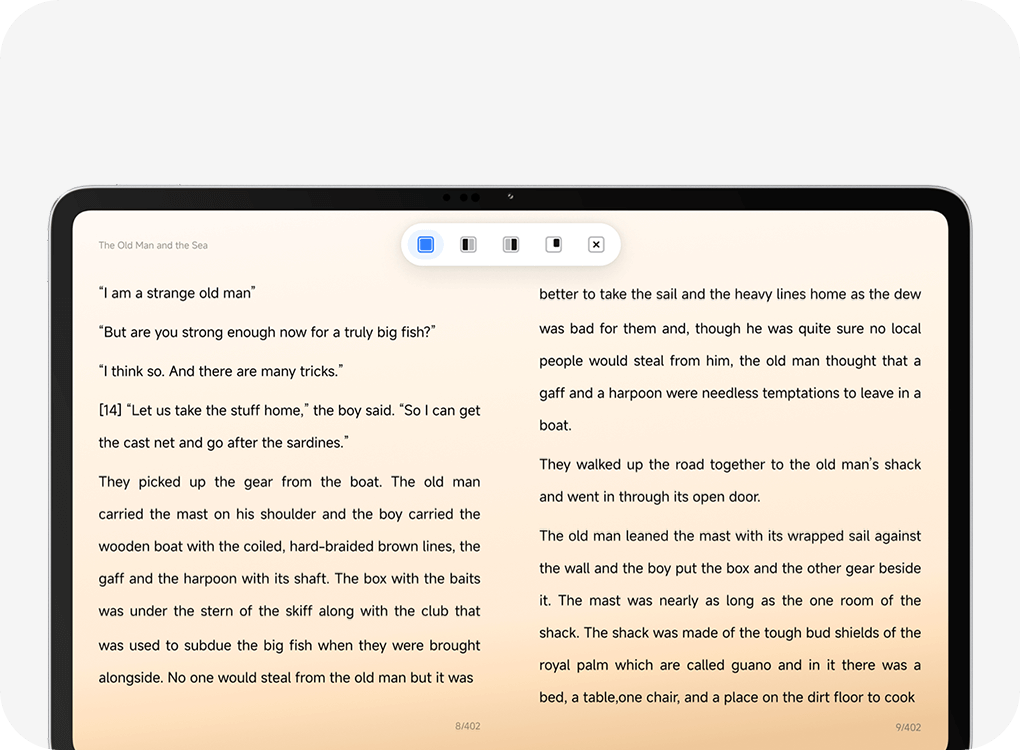
Split screen windows can be opened and closed independently

Unleash the full productivity potential of large screens with Workstation
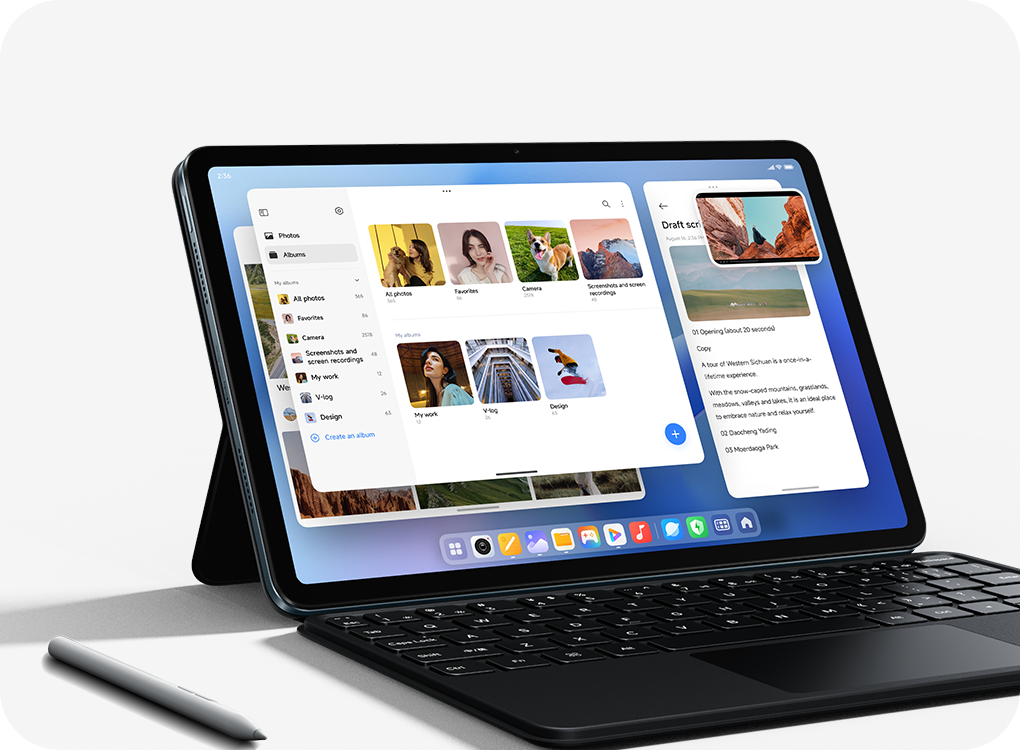
Font systems available to users worldwide
Learn more600+
Supported languages
100,000+
Glyphs
20+
Writing systems
Artistic Lock screen:
When classic designs meet digital technology
Turn any photo into a poster
Turn each photo into a magazine cover or poster



Interconnectivity
Empowering devices to collaborate in real-time, creating a new era of connected experiences

Cross-device dynamic real-time networking
View devices and device status of surrounding networks in real time and actively control them
New
Xiaomi Smart Hub
See your device status and control it in real time
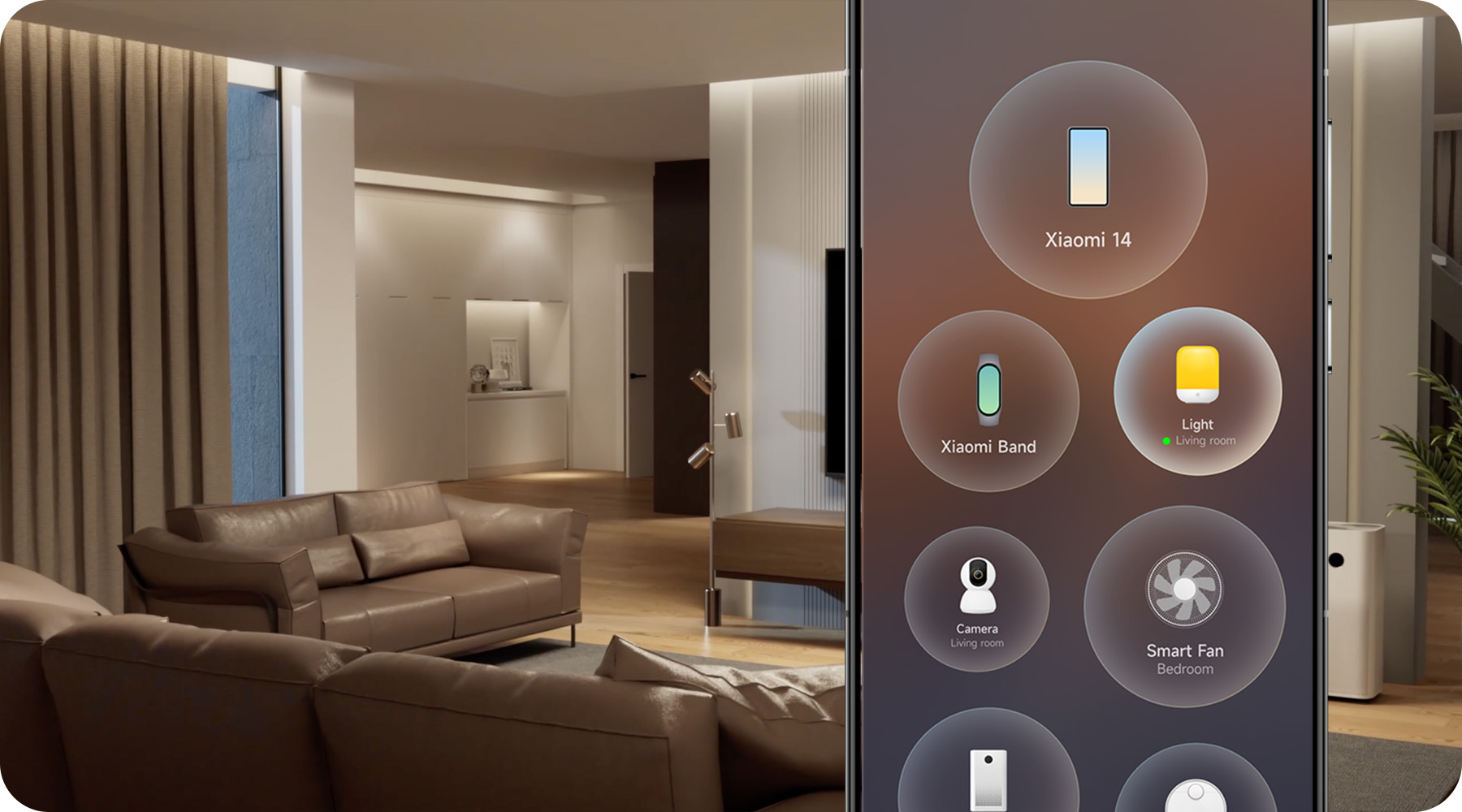
Merge independent devices
Softwares and services can choose the most suitable hardware amongst devices, given the user's requirements

Multiple system capabilities
creating the ultimate connected experience
Select the most suitable hardware or software capability across multiple devices
Home screen+
Cross-device screen control

Cross-device Notes app photo
Capture and use right away
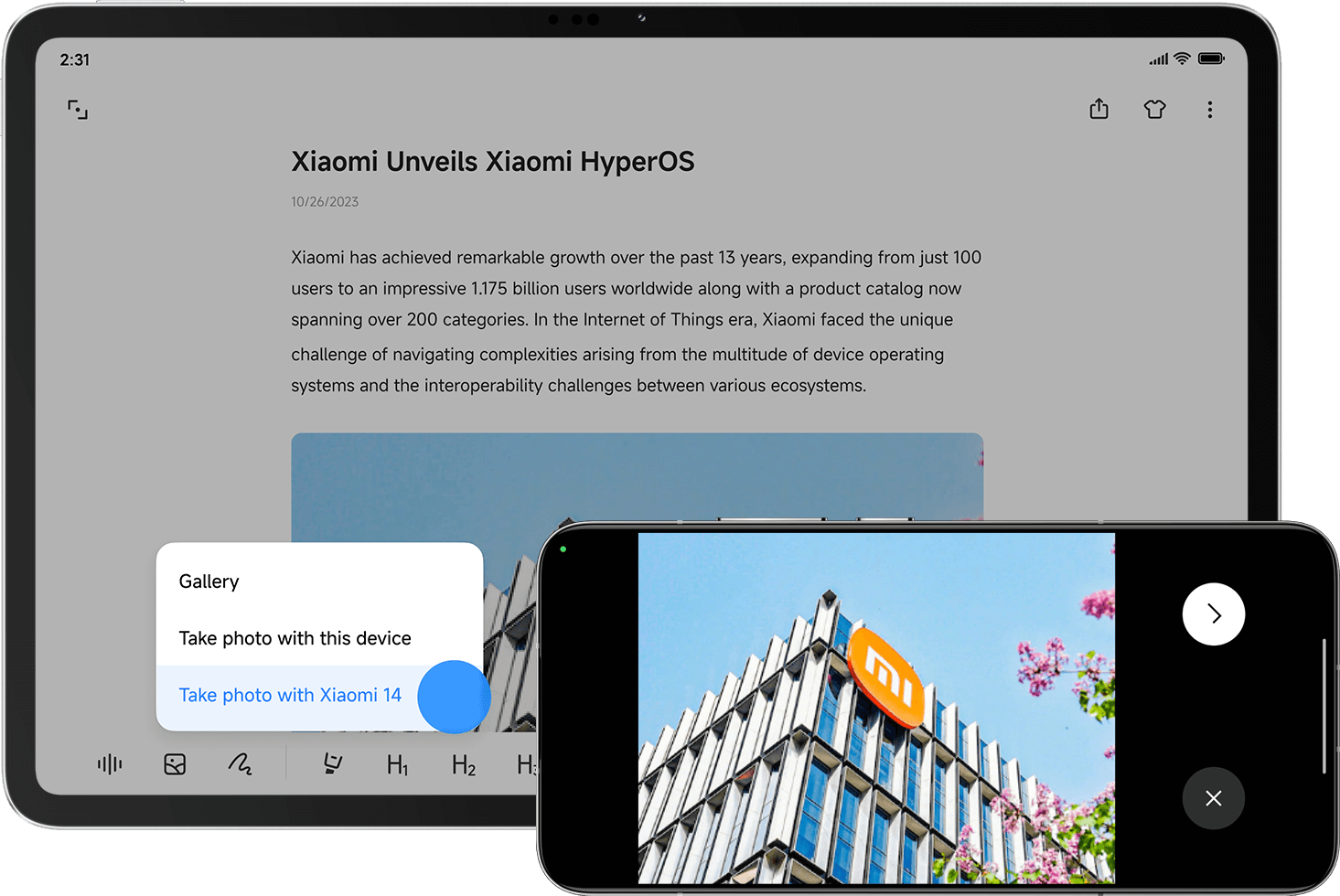
Shared clipboard
Data follows your flow of thought

Security and privacy design for the connected era
Mutual security checks between devices, hardware-level encrypted data transmission
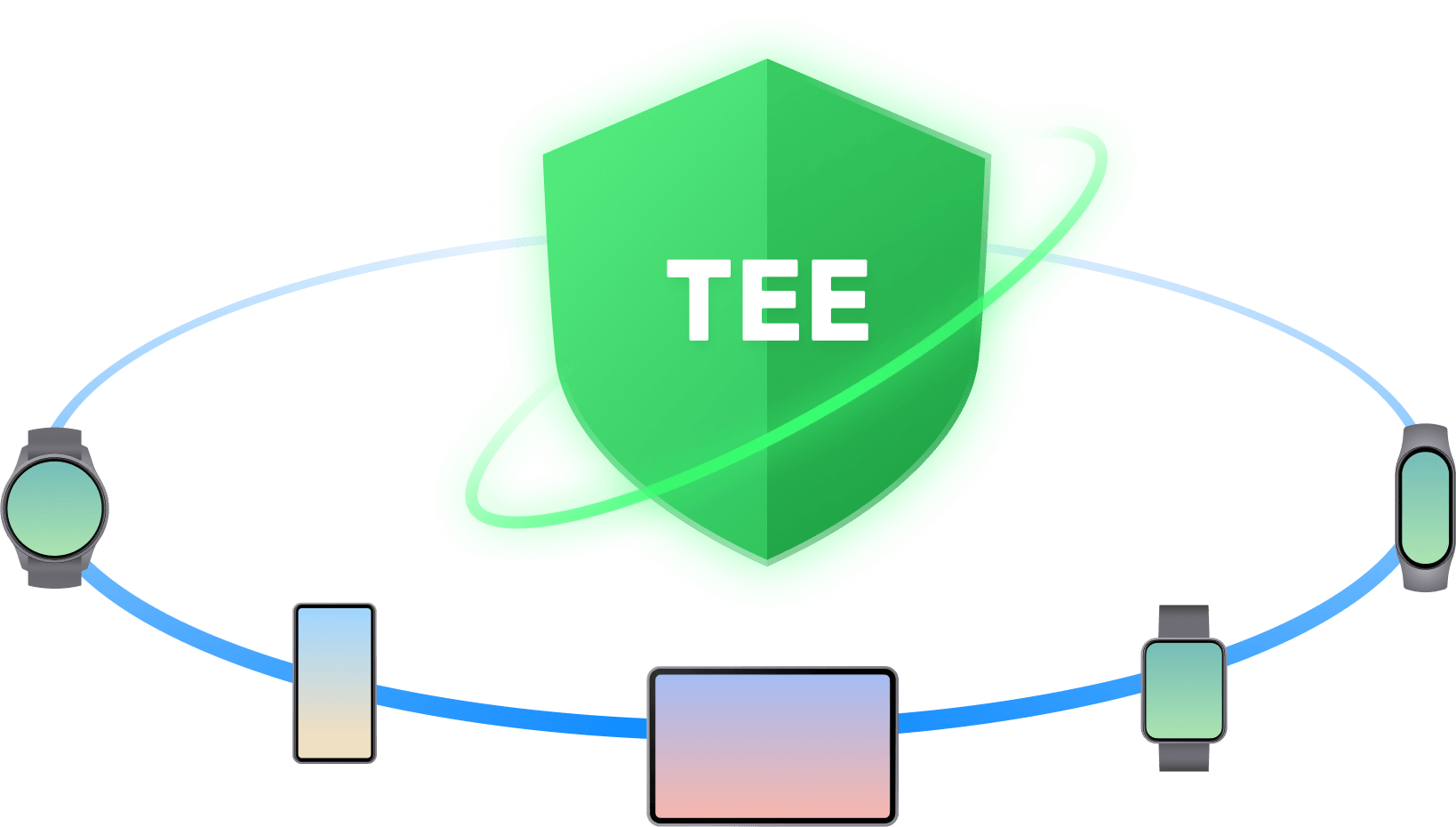
Cross-platform permissions management
Sensitive data sharing between devices is entirely controlled by the user.
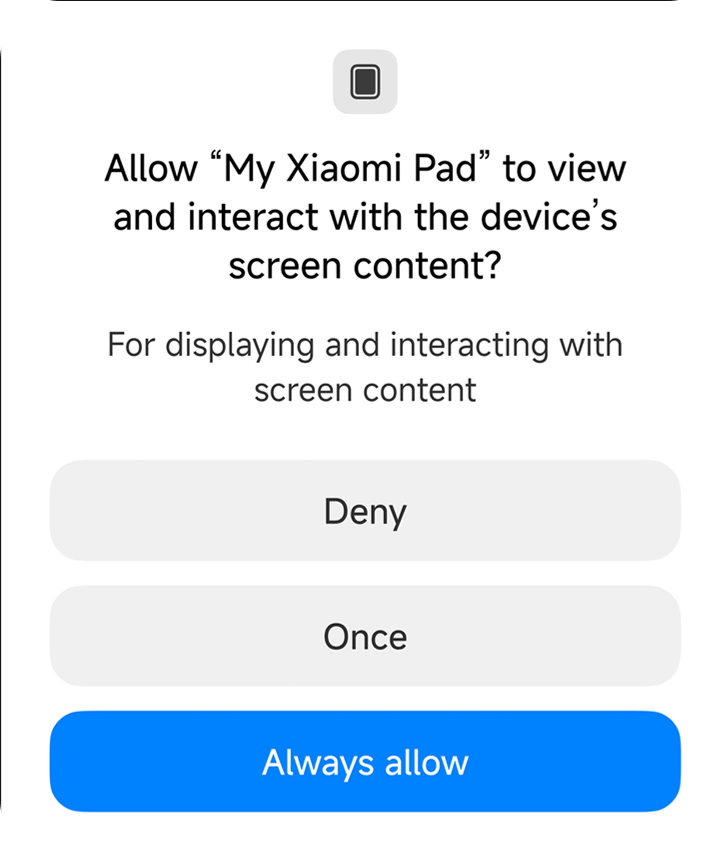
Connection permissions management

Connection alert

BETA
Proactive intelligence
Embracing AI and evolving to make smart technology even smarter
Sophisticated system architecture
empowered by AI intelligence
Advanced AI framework that supports cutting-edge AI technology implemented in Xiaomi HyperOS

AI algorithms
AI capabilities
AI cognitive center
AI models
Large foundation models
Other AI models
AI deployment framework
On-device
Cloud
Supports flexible deployment of various algorithmic models with the most advanced AI system architecture
Xiaomi HyperMind
Cognitive center of Xiaomi's device ecosystem
Xiaomi HyperMind enables devices to proactively understand user needs and act accordingly

HyperMind cognitive center
Large foundation models
Automatic execution
Learn
Understand
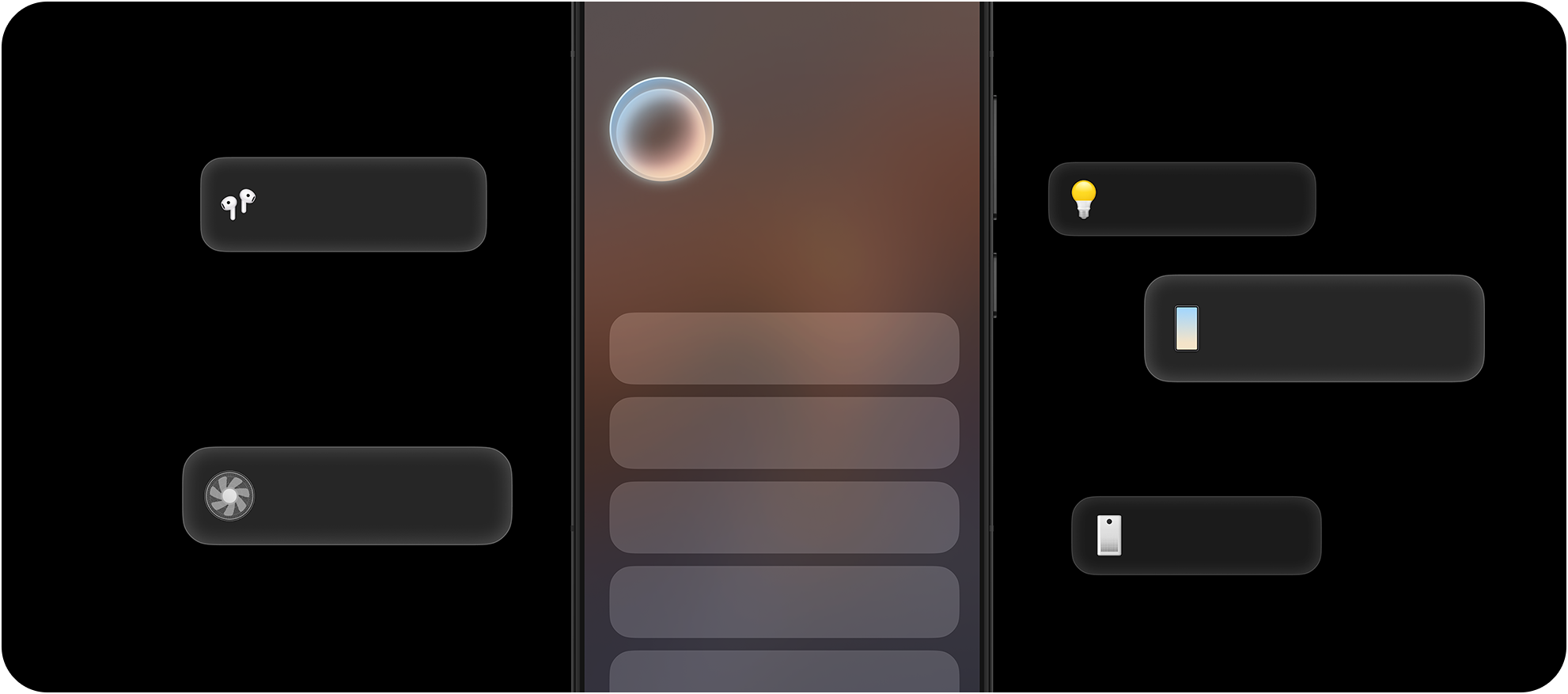
Xiaomi HyperMind
Xiaomi HyperMind
Start playback when Bluetooth is connected
Adjust light brightness
Xiaomi HyperMind
Lower volume on nearby speakers during calls
Xiaomi HyperMind
Adjust fan speed
Xiaomi HyperMind
Turn on air purifier
Xiaomi
HyperMind
Start playback when Bluetooth is connectedToday 21:00
Adjust fan speedToday 20:30
Adjust light brightnessToday 17:40
Turn on air purifierToday 16:30
Lower volume on nearby speakers during calls
Start playback when Bluetooth is connected
Adjust light brightness
Adjust fan speed
Xiaomi's self-developed large foundation models
are integrated into the device NPU
dramatically improving operational efficiency
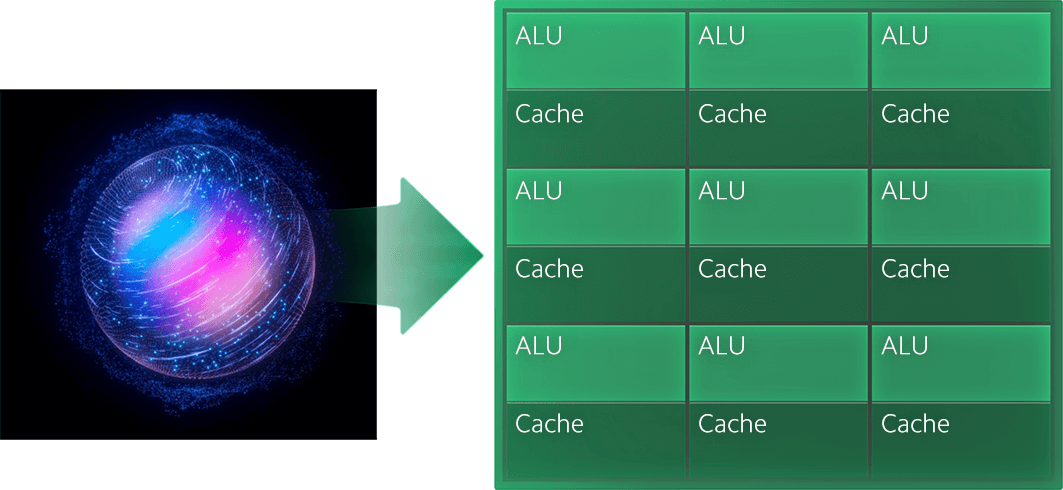

Reduced model size and memory usage

Decreased drawing time
Xiaomi's self-developed imaging foundation model NPU deployment compared to CPU
Large foundation models
applied system-wide
A comprehensive upgrade that empowers system apps


End-to-end security
Secure privacy framework for the connected age with comprehensive hardware-level protection
Self-developed TEE—underlying security system at hardware level
Hardware-level integrated security

TEE
Microkernel
• Self-developed TEE
• Independent microkernel
• Formal methods for security verification
Strengthened system app security
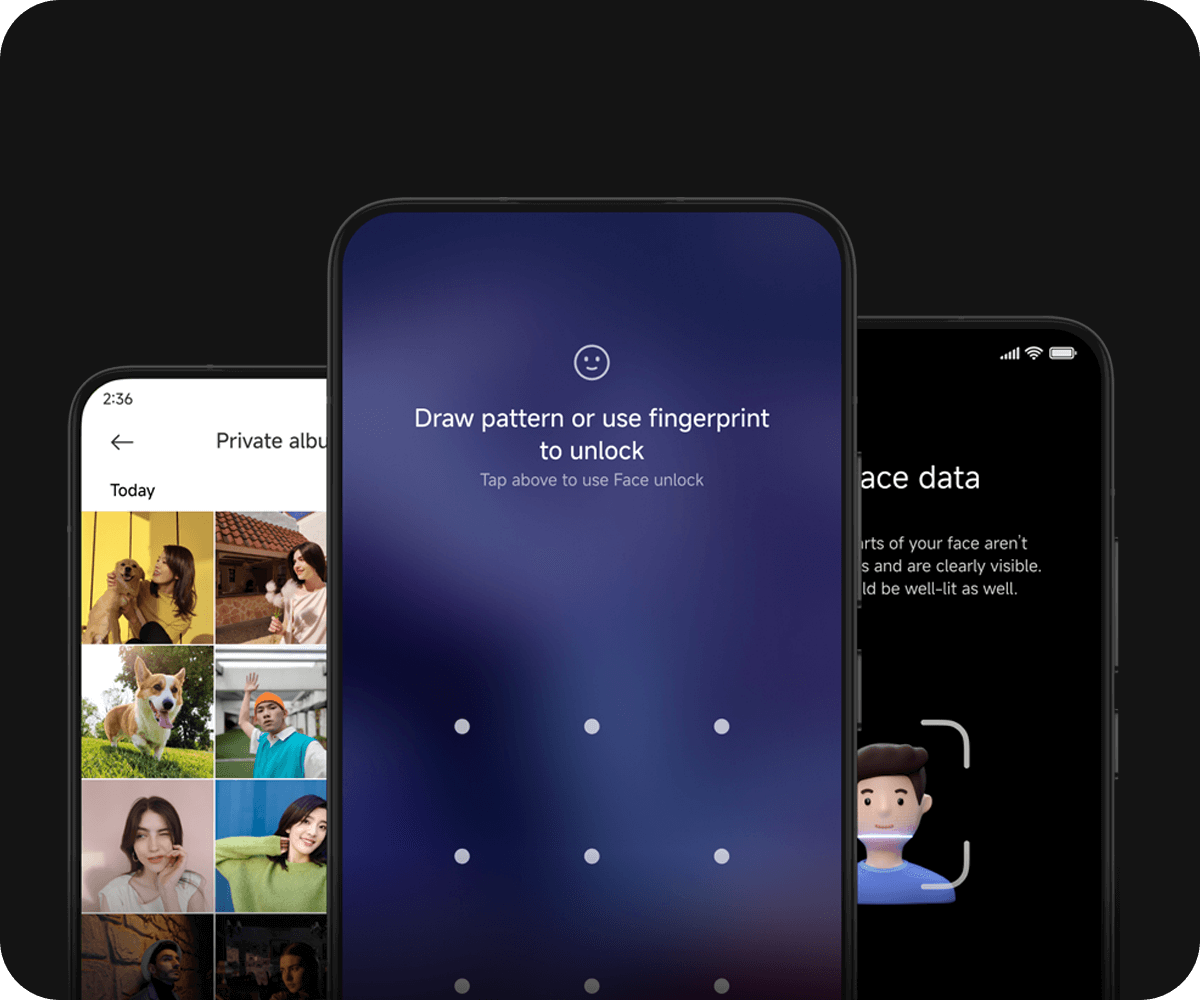
Release schedule
First batch of compatible devices will receive stable release updates in Q1 2024
Phone
Xiaomi 13 Ultra
Xiaomi 13 Pro
Xiaomi 13
*And more
Tablet
Xiaomi Pad 6
*Release plans for other models will be announced at a later date. Please follow Xiaomi for more announcements.
*Disclaimer
*Some features and services on this page may vary depending on system versions and device models, and may to updated to different platforms gradually over time. Accessibility of some features may vary across region. Please refer to the actual product.
*Release plans for other models will be announced at a later date. Please follow Xiaomi for more announcements.
*The information disclosed on this page applies to global versions of Xiaomi phones, Redmi phones, Xiaomi tablets, and Redmi tablets that use Xiaomi HyperOS and above. Some features belong to different software versions and need to be upgraded to the latest version.
*Services provided by the content and features shown on this page may change as a result of changes in copyright, commercial or technical conditions. Please refer to the actual content and features of the product.
*Data on this page was from Xiaomi Internal Labs. All test data was obtained from the same platform using similar devices under the same test conditions. Actual results may vary slightly with multiple tests.
*In the "High computing power devices faster than native Android kernels" section, the unit was Microsecond, which refers to the time required to get CPU resource when the system perform key tasks related to user experience. Data was obtained from preproduction phone integrated with this optimization compared with the same model without this function. Real time results may vary slightly with multiple tests. This feature is supported on Xiaomi 13 Ultra, Xiaomi 13 Pro, Xiaomi 13, Xiaomi 13T Pro.
*In the "Lightweight device powerful kernal scheduling" section, the unit used was Cycles, which refers to CPU clock cycles (the time required for the CPU to perform one basic operation). Data was obtained from preproduction Xiaomi watch and Xiaomi Watch S1 Pro. Real time results may vary slightly with multiple tests.
*In the "Accurate and integrated load evaluation" section, the screen effect is for illustration only. The real time operation effect may vary depending on the app, network environment, app screen settings, etc.
*In the "Extremely Lightweight File System" section, the 50 month IO performance degradation refers to testing IO reading speed under the same experiment environment after simulating user use for 50 months on a smart phone with the same performance as one equipped with Xiaomi HyperOS file based optimization. Data were calculated multiple times and the average was used. There are data differences of no more than 5% depending on actual equipment usage habits. Data was obtained from preproduction phone. Continuously smooth does not mean absolutely smooth. Experience may vary due to device aging, network environment, personal habits and other factors. Please refer to actual usage experience.
*In the "Improved OTA storage and performance for lightweight devices" section, data was obtained from preproduction Xiaomi watch and Xiaomi Watch S1 Pro. Real time results may vary slightly with multiple tests.
*In the "Smartphone system firmware occupancy decreased significantly" section, data was obtained from preproduction phone and Xiaomi 13. Real time results may vary with different devices.
*In the "End-to-end Security" section, the security and privacy framework mentioned uses the MTK platform as an example. Underlying architecture of different hardware platforms may vary. Please refer to actual performance. The self-developed TEE is only supported by some models including Xiaomi 13T Pro, Xiaomi 13T, Redmi Note 13 Pro+, Redmi Note 13 5G. Please refer to the actual product's interface style.
*Multitasking feature is only available on some high and middle level models. Please refer to the actual product.
*Workstation feature is only available on Xiaomi Pad 6.
*The Dynamic glass function is available on Xiaomi 13 Ultra, Xiaomi 13 Pro, Xiaomi 13, Xiaomi 13T Pro, Xiaomi 13T, POCO F5, POCO F5 Pro.
*The High-quality materials function is only available on some Android U models including Xiaomi 13 Ultra, Xiaomi 13 pro, Xiaomi 13, Xiaomi 13T Pro, Xiaomi 12T Pro, POCO F5 Pro. Some third-party apps need to be upgraded to the latest version. Please refer to the actual product for real-time effect.
*MiSans multilingual fonts are only available in some regions and for some models. Refer to the Xiaomi fonts webpage for details.
*Interconnectivity features will start to release via OTA from Q2 2024. Xiaomi 14 Ultra, Xiaomi 14, Xiaomi Pad 6S Pro 12.4 and Xiaomi Pad 6 will be the first devices to support the features. Rollout dates might vary depending on system version and device model. Interconnectivity features rely on your network environment. Use 5 GHz Wi-Fi for best effect.
*"End-to-end security" features mentioned here and during the Xiaomi HyperOS launch event, such as mutual trust among interconnected devices and end-to-end encryption, are currently only supported on select devices with TEE capability.
*Images, text, and other content describing "Proactive intelligence" features here and during the Xiaomi HyperOS launch event are generated by AI. The style and animation effects of the actual product might vary. Beta access to the related features of Mi Canvas, AI Subtitles, AI Portrait, AI Album Search and AI Expansion can be obtained in Xiaomi Community. These features are supported on select device models and smart home devices.
*Xiaomi HyperMind is only available on supported OS versions and with applied Beta access. Beta access can be obtained in Xiaomi Community. "Xiaomi HyperOS AI Edition" is supported on select device models and smart home devices.
*Xiaomi's self-developed on-device large models are currently only supported on the Xiaomi 14 Ultra and Xiaomi 14. The related operational efficiency tests were conducted on the Xiaomi 14 series models, using Stable Diffusion V1.5 model architecture, iterating 20 steps to generate 512*512 resolution images.


